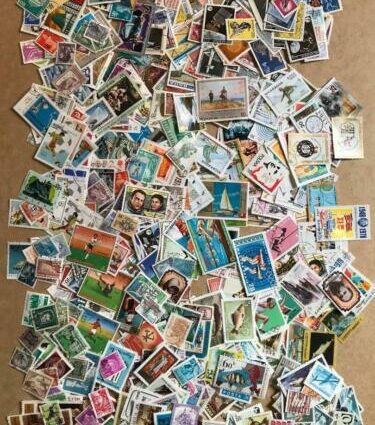Origins of Stamps
The first adhesive postage stamp was the Penny Black, introduced in the United Kingdom in 1840. This invention revolutionized the postal system by allowing postage to be prepaid by the sender rather than the recipient. Prior to the Penny Black, the cost of postage was paid by the recipient upon delivery. The Penny Black, along with other early stamps, featured a portrait of the monarch, Queen Victoria, and a value designation. Other countries quickly followed suit, issuing their own stamps with various designs and values.
Development and Expansion of Stamps
As the use of stamps became more widespread, the designs became more varied and creative. Many stamps featured important figures or events in history, as well as flora, fauna, and other cultural symbols. Stamps also became a way to showcase a country’s technological advancements, such as the first airmail stamp issued by the United States in 1918.
Modern Stamps
Today, stamps continue to be an important part of the postal system and a popular collecting hobby. While many countries still issue traditional stamps with adhesive backing, others have moved towards self-adhesive stamps or digital postage. Stamps have also been used for a variety of purposes beyond sending mail, such as fundraising for charities or promoting tourism. Despite the changing technology and uses of stamps, they remain a symbol of communication and connection between people and nations.
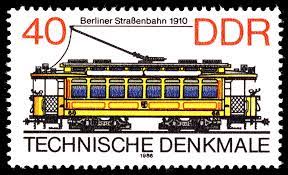
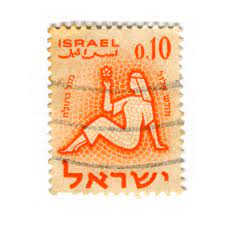
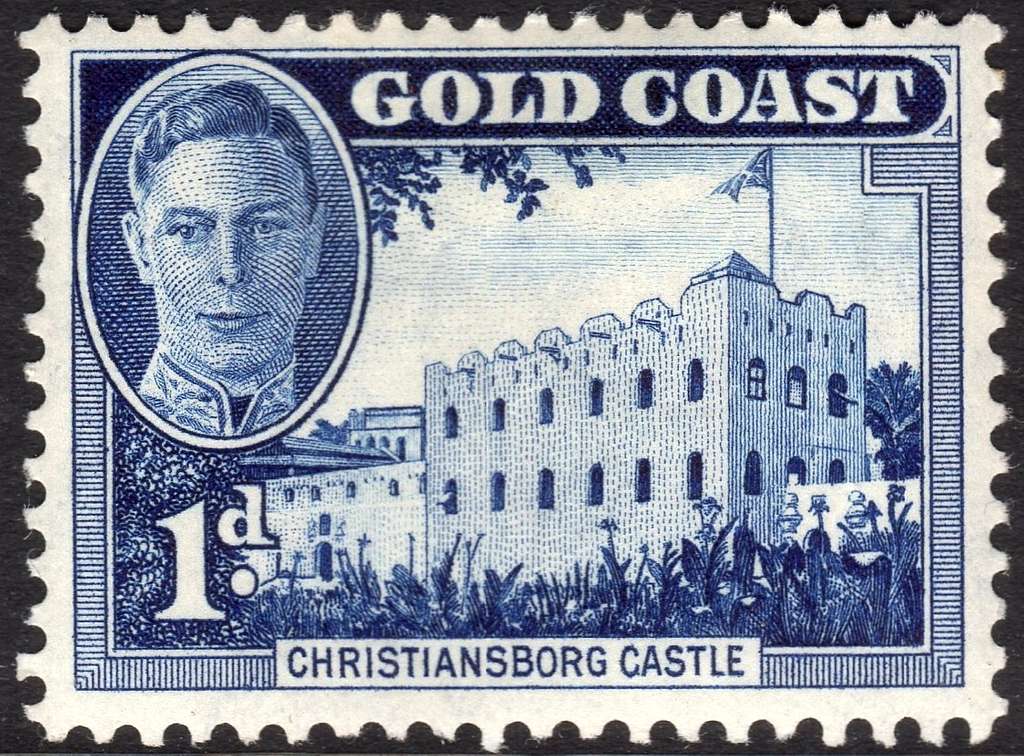
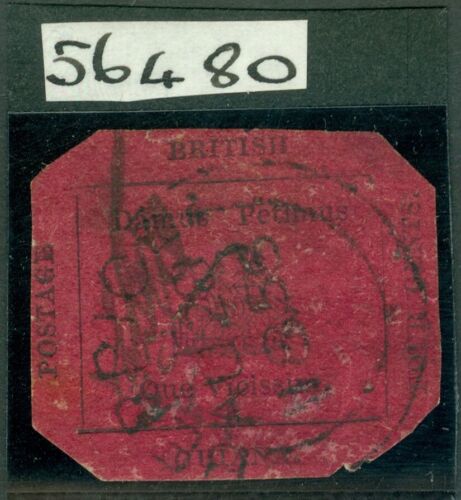
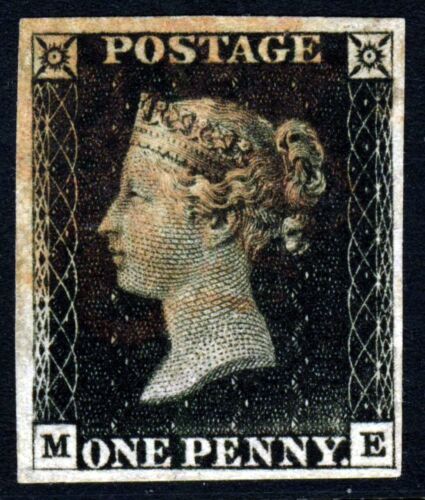
Value
The most valuable stamp in the world is the British Guiana 1-cent Magenta stamp. This stamp was issued in 1856 in British Guiana (now Guyana) and is the only surviving example of its kind. It is unique because it was printed in a one-cent denomination, which was never officially issued by the British Guiana postal service. The stamp is also famous for its unique design, featuring a ship called the “Demerara” rather than the typical portrait of a monarch. In 2014, the stamp was sold at auction for $9.5 million, making it the most valuable stamp in the world.
What stamps are good to collect
There are many types of stamps that are good to collect, and the choice often depends on personal interest. Here are a few examples:
- Commemorative Stamps: These stamps are issued to honor a person, event, or organization, and often have unique designs. They can be a great way to learn about history and culture.
- Rare Stamps: Rare stamps can be valuable and exciting to collect. They can include stamps with printing errors, inverted designs, or limited editions.
- Thematic Stamps: Thematic stamps are stamps that focus on a particular subject or theme, such as animals, art, or sports. Collecting thematic stamps can be a fun way to showcase a personal interests.
- Postage Due Stamps: Postage due stamps were used to indicate that the recipient had not paid enough postage for a piece of mail. These stamps often have interesting designs and can be a unique addition to a collection.
- Foreign Stamps: Collecting stamps from other countries can be a great way to learn about different cultures and languages. It can also be a fun challenge to try to collect stamps from as many countries as possible.
- Ultimately, the best stamps to collect are those that inspire curiosity and interest.
Factors that help a stamp have value above it’s face value
- Rarity: Stamps that are rare or have a limited printing run are often more valuable. For example, stamps with printing errors or stamps that were only issued for a short period of time can be highly sought after by collectors.
- Condition: Stamps that are in excellent condition, with no damage, fading, or discoloration, are generally more valuable than stamps that show signs of wear and tear.
- Age: Stamps that are older can often be more valuable, especially if they are part of a series or have historical significance.
- Design: Stamps that have unique or visually striking designs are often more valuable. For example, stamps that feature famous people or events, or stamps with intricate artwork, can be highly sought after by collectors.
Where to find us
We have a large selection of stamps instore at Freemen’s Common Antique Centre. In our Wildcard Curiosities shop section there we have a beautiful apothecary cabinet displaying the stamps for sale.
Wildcard Curiosities is based in Freemen’s Common Antique Centre, 8 Counting House Road, Leicester, LE2 7LT.
The centre is open from Tuesday – Friday 10am-4pm Saturday 10am-5pm and Sunday 10am-4pm.
There is a café and toilets on site
